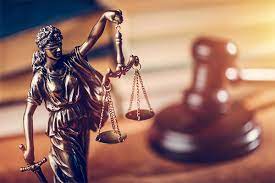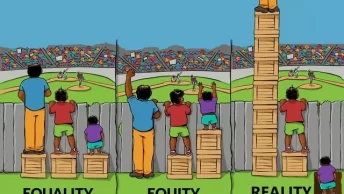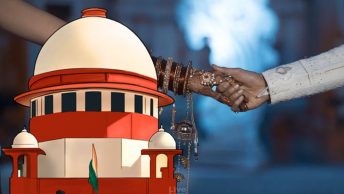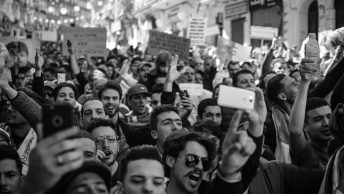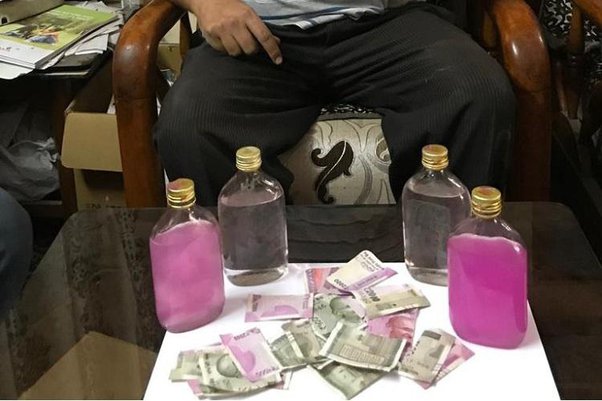In this piece, the author analyses the constitutionality of the Broadcasting Services (Regulation) Bill, 2023. While the bill aims at modernising broadcasting laws in India, it introduces a three...
Summary: Article 25 of the Constitution has traditionally focussed on religious rights and the scope of protection they enjoyed from state intervention. However, there is one aspect of this right...
The SC in the case of Ritu Chhabria v. Union of India held that incomplete chargesheets filed by investigative authorities to deny regular bail violate rights of an accused. This decision was...
This article delves into the intricate complexities surrounding the imposition of bail conditions under Section 167 of the Code of Criminal Procedure (CrPC) in India and their profound implications...
This post is part of a series on constitutional and political questions relevant to contemporary times written by Sughosh Joshi, a political researcher working with I-PAC. Sughosh also publishes a...
Summary: The Article argues that mandatory requirements to publish a notice of any marriage under the Special Marriages Act, constitutes indirect discrimination against interfaith couples. In the...
The author posits that 'rights-not-to' must be construed along a private-public spectrum in the context of its social impact. The article illustrates this by comparing Prof. Nan Hunter's more...
In this two-part series, the author analyzes Justice D.Y. Chandrachud’s reasoning while tackling the challenge of Article 17 in the Sabarimala Temple Entry Case (“Sabarimala”). Chandrachud J. took a...
In an order dated 19 September 2022, the Supreme Court for the first time in 42 years has referred issues relating to capital sentencing to a Constitution bench. Driven by the objective to revisit...
The phenolphthalein test is prevailingly used by the ACB for investigating a 'corrupt' public servant. However, the self-incriminating nature of the test attracts the vice of unconstitutionality...




